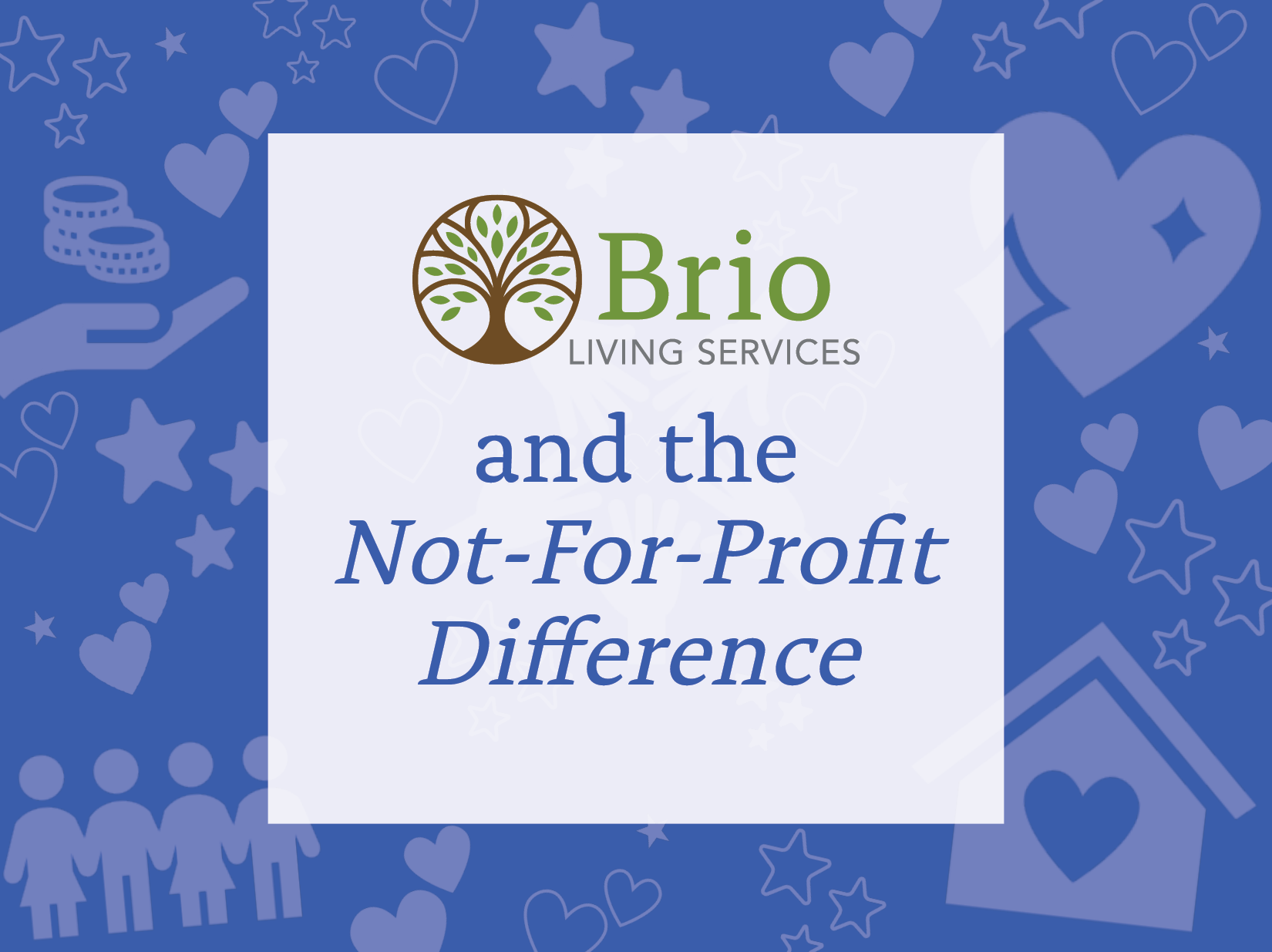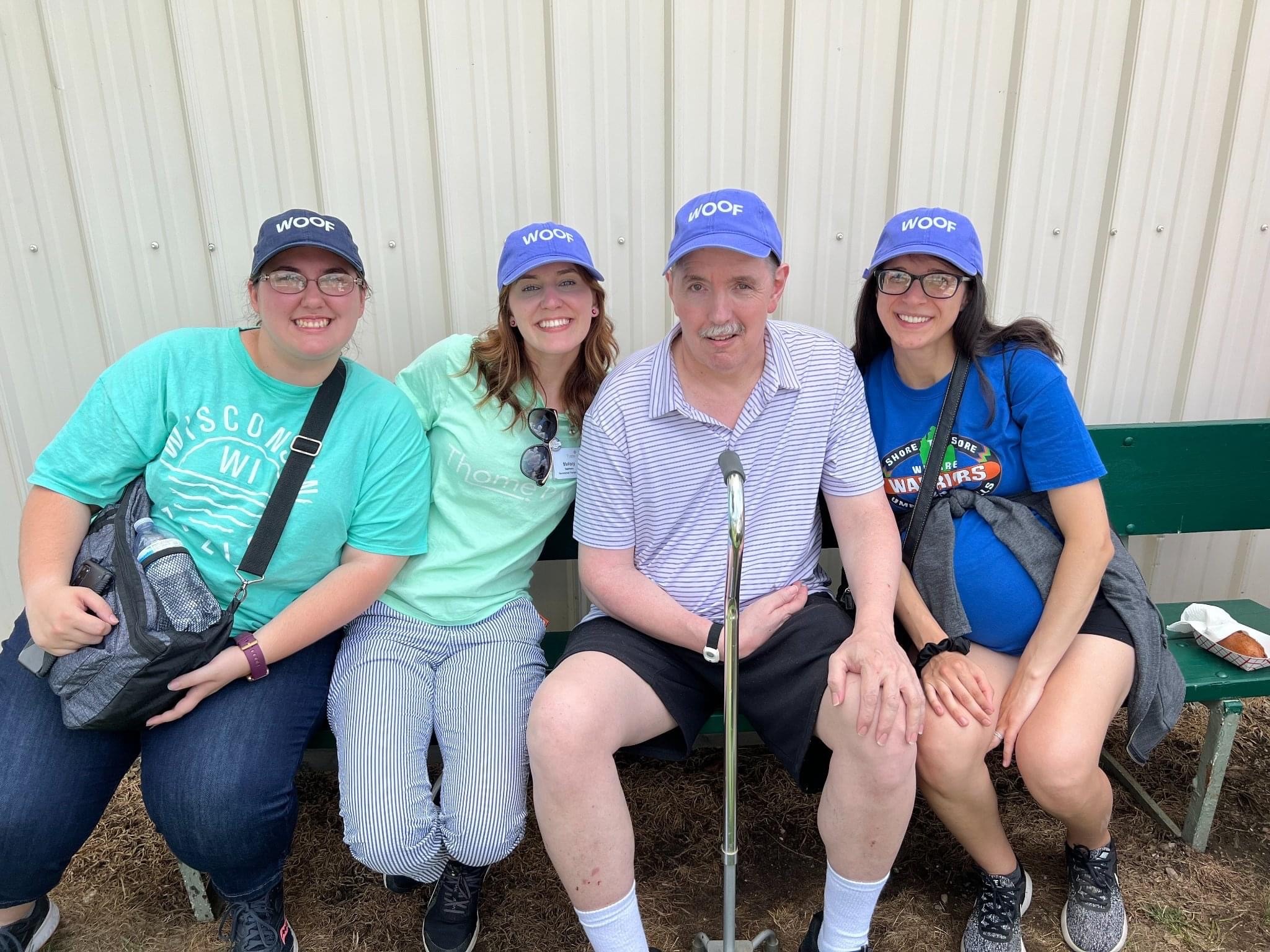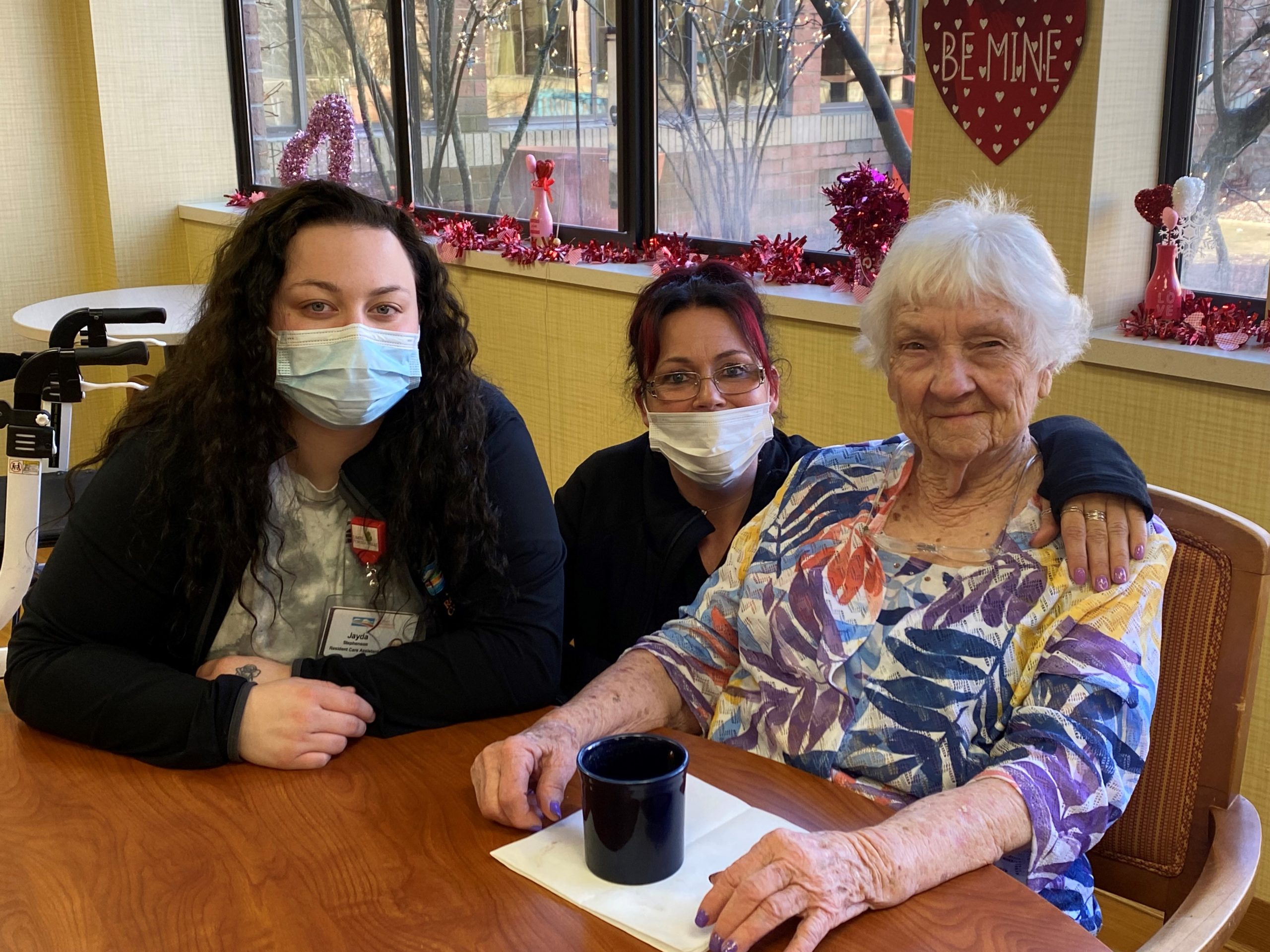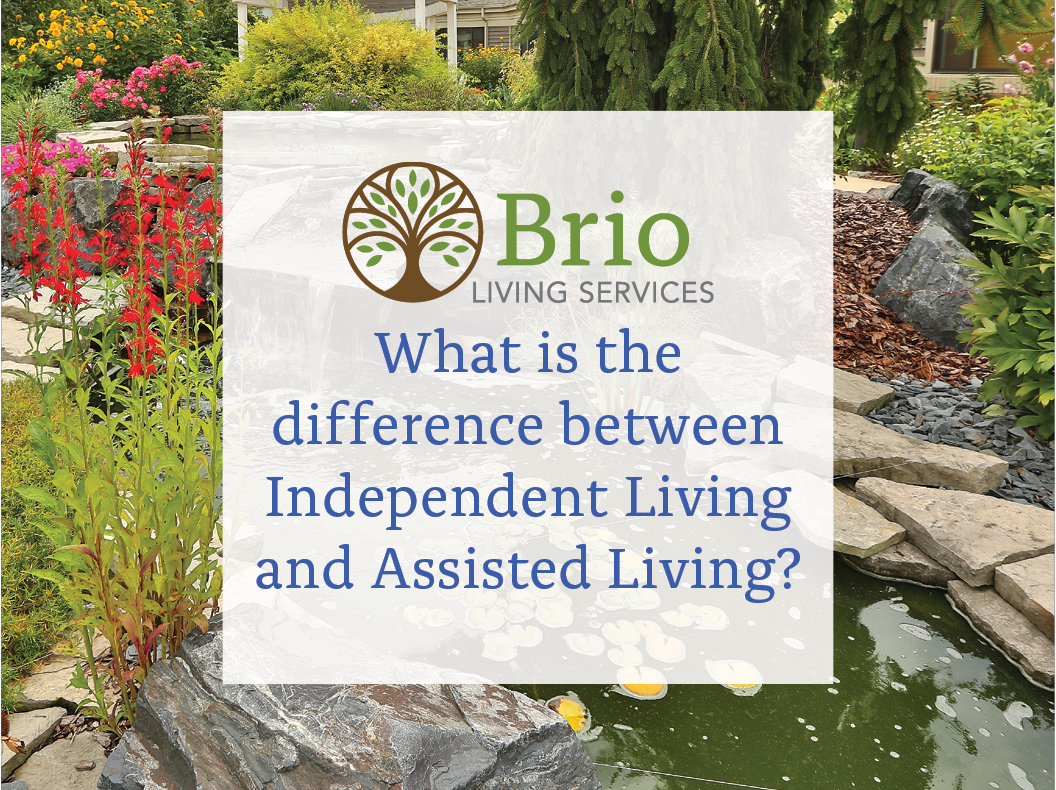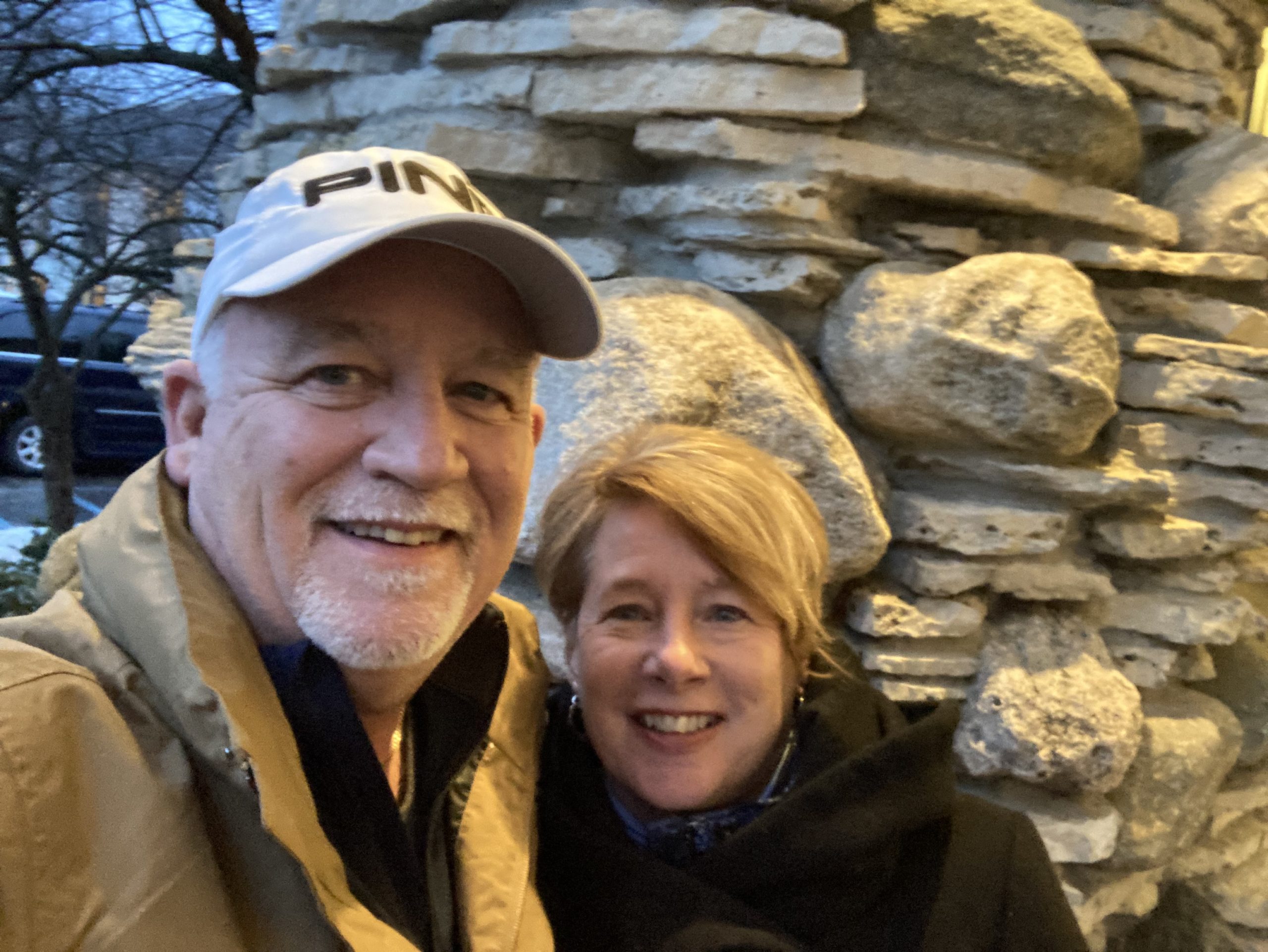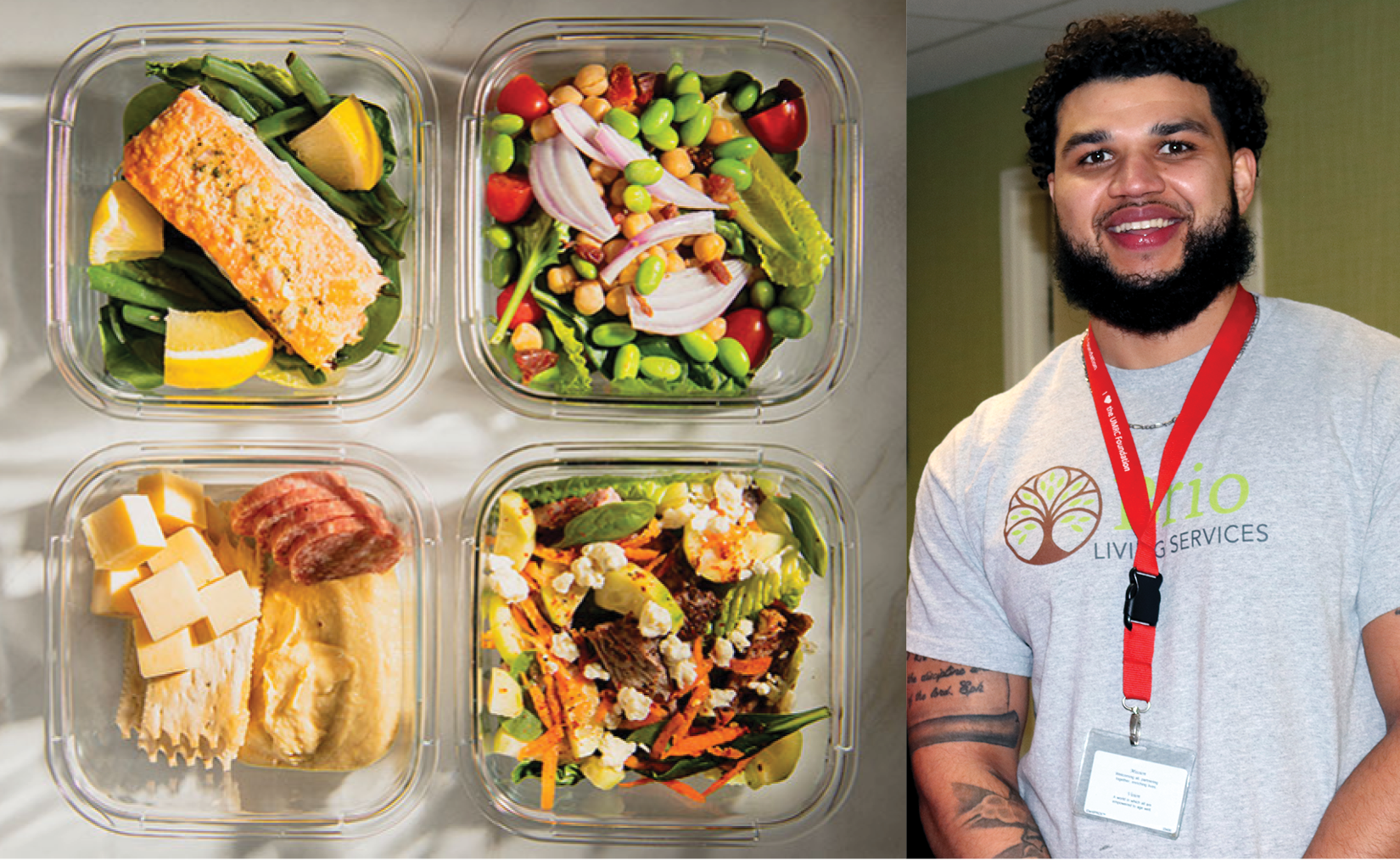

Celebrating Long-Term Care Administrator’s Week!
Starting Monday, March 13, Brio Living Services celebrates National Long-Term Care Administrator’s Week! During this week, we have the opportunity to say “thank you” and honor the administrators who lead our long-term care communities across the organization, as well as our many dedicated team members who provide long-term care and services.
Long-term care includes medical as well as non-medical care, such as activities of daily living. These supports may be provided in the person’s home or community, or in assisted living and skilled nursing centers.
“Each day our members give their all to assure their communities are equipped to provide high quality care and services to the elders in their care. They embody servant leadership by putting the needs of their patients, residents, families, and co-workers ahead of their own,” said Bob Lane, CNHA, FACHCA, President & CEO of the American College of Health Care Administrators (ACHCA) in a press release. “The staff of ACHCA is honored and privileged to know them and to support their professional development through the College.”
Administrators are key players in the care team and are entrusted with the responsibility of managing the care of our loved ones. They touch the lives of residents and families and, most importantly, ensure that their teams provide the highest level of quality care to a vulnerable population.
“I love being able to enrich the lives of our residents in whatever capacity that may be,” says Jennifer Shores, RN, LNHA, administrator for Chelsea Retirement Community’s Kresge Healthcare and Rehabilitation Center. “Some days or weeks are very challenging, but the rewards on other days make up for that. It is those little moments you see in our residents’ lives that show we made a difference.”
ACHCA says long-term care administrators are “masters of multi-tasking” as well as “life-long learners” when it comes to the ever-changing regulatory environment in which they work. Jennifer agrees that this can be challenging.
“I tend to deal more with finances, processes, and employee satisfaction and retention which allows my team, then, to provide the incredible care for our residents,” says Jennifer. “Our team members cannot provide care for others unless they themselves are cared for. We constantly look at ways to improve processes and programs to make their jobs easier, but yet still work within our guidelines and regulations. I think Brio Living Services is always looking out for its team members. If there is a way to make it happen, then we will do it. Healthcare is challenging, and keeping team members engaged and feeling like they are making a difference in the lives of others is a priority for me.”
Jennifer adds that, for her, seeing the joy and pride in her team members when they know they are making a difference for a resident or family is what she personally loves.
“Life can be hard outside of work for our teams, even more so in the last few years of a pandemic and inflation,” says Jennifer. “Our team members are more than what we see when they are at work. We cannot do what we do for our residents without them.”
To learn more about choosing a senior living option that’s just right for you or a loved one, visit Brio Living Services. Or, if you’re looking for a rewarding career you will love, see the many opportunities at MyBrioCareers.org.
.
